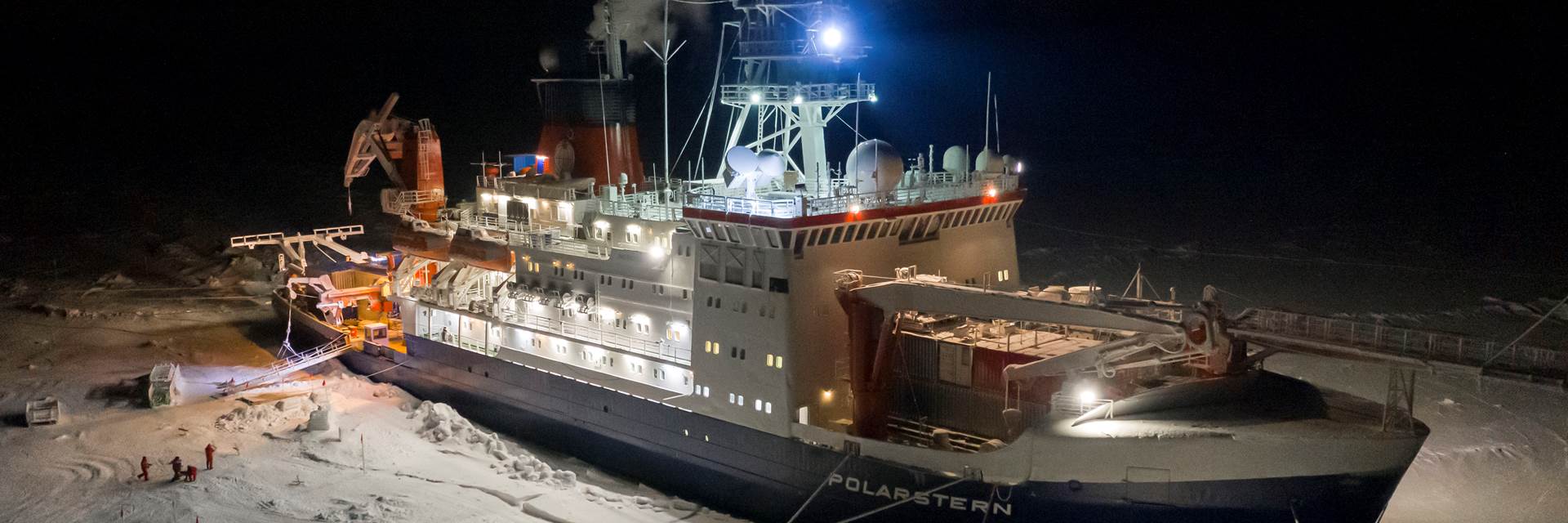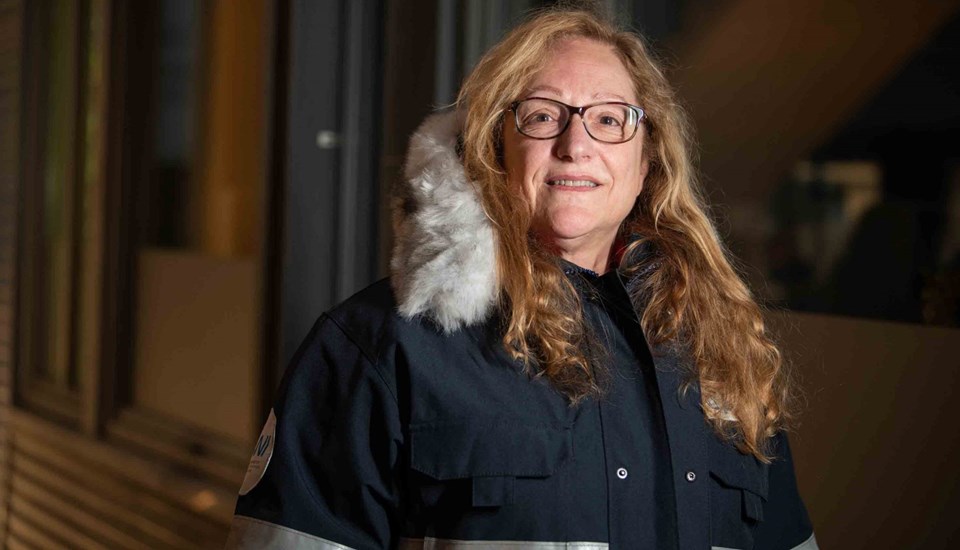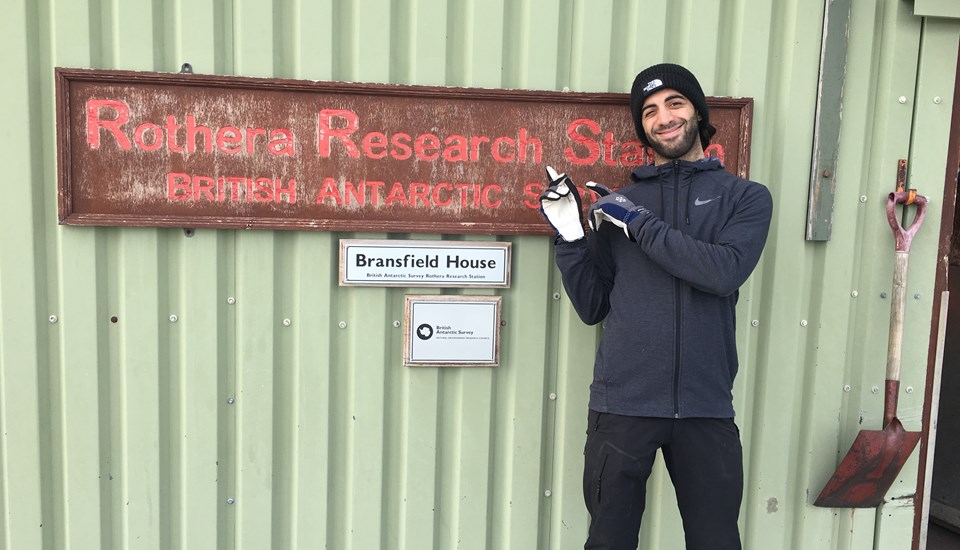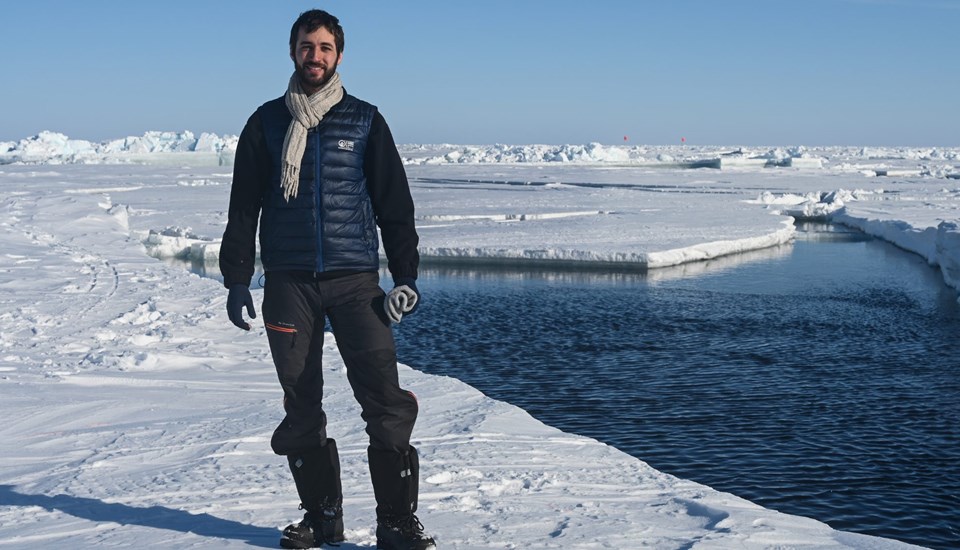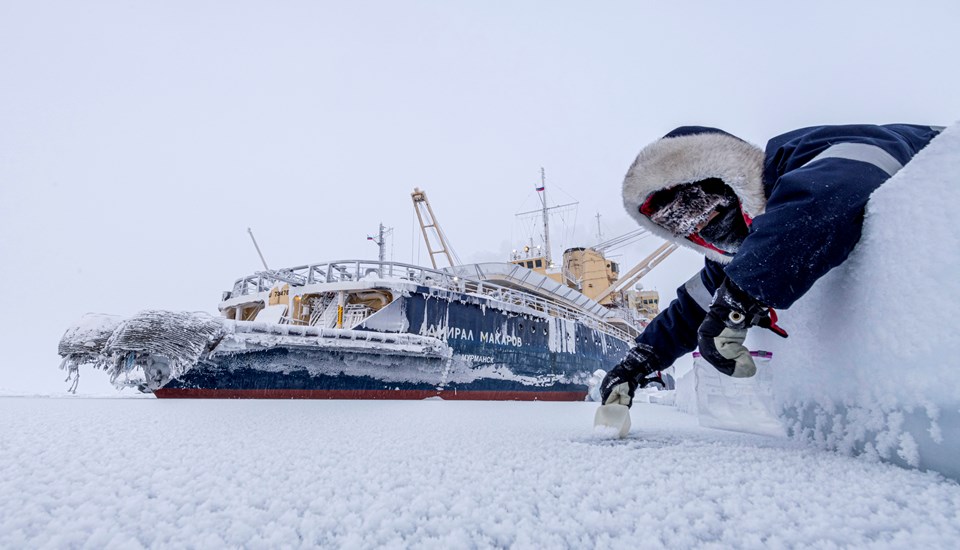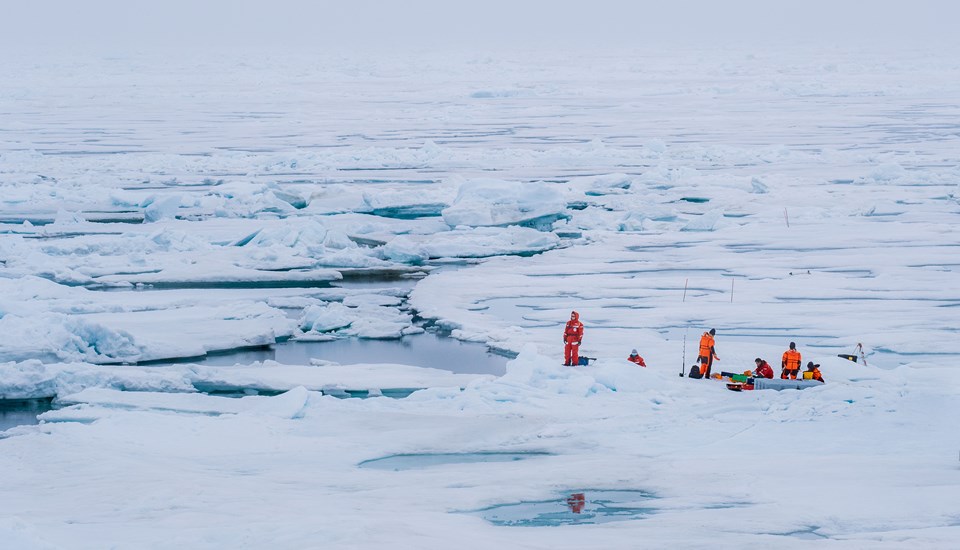MOSAiC 2019/20
The Multidisciplinary Drifting Observatory for the Study of Arctic Climate (MOSAiC) is an international research project aimed at collecting data from the Arctic Ocean for an entire year by letting the research vessel Polarstern drift with the pack ice.
Fast facts
September 2019 to October 2020
Vessel: Polarstern
Central Arctic Ocean
Swedish universities: 4
Swedish researchers: 9
Chief Scientist: Markus Rex
Projects supported by the Swedish Polar Research Secretariat
- Seasonal sea ice – a new source of bromine during polar night
Research Lead: Katarina Abrahamsson, Professor, University of Gothenburg - Why is the deep Arctic Ocean Warming?
Research Lead: Céline Heuzé, Senior Lecturer, University of Gothenburg - Seasonality of metabolic functions in sympagic and pelagic microbiomes in the Central Arctic Ocean, with emphasis on carbon and nitrogen cycling
Research Lead: Pauline Snoeijs-Leijonmalm, Professor of Marine Ecology at Stockholm University - Uncovering the largest blind spot on the map of the world’s fish stocks: mesopelagic fish, their dependence on sea ice, and their role in the Central Arctic Ocean food web
Research Lead: Pauline Snoeijs-Leijonmalm, Professor of Marine Ecology at Stockholm University - Drivers of anthropogenic changes in carbon storage and ocean acidification in the new Arctic Ocean
Research Lead: Adam Ulfsbo, Researcher, University of Gothenburg
About MOSAiC
On the MOSAiC expedition, experts from 20 nations studied the Arctic for an entire year. For this purpose, from autumn 2019 to autumn 2020 the German icebreaker Polarstern drifted across the Arctic Ocean, trapped in the sea ice. MOSAiC is coordinated by the Alfred Wegener Institute, Helmholtz Centre for Polar and Marine Research (AWI). Over 80 scientific institutes are working together in a research consortium. The expedition’s total budget is over 140 million euros.

